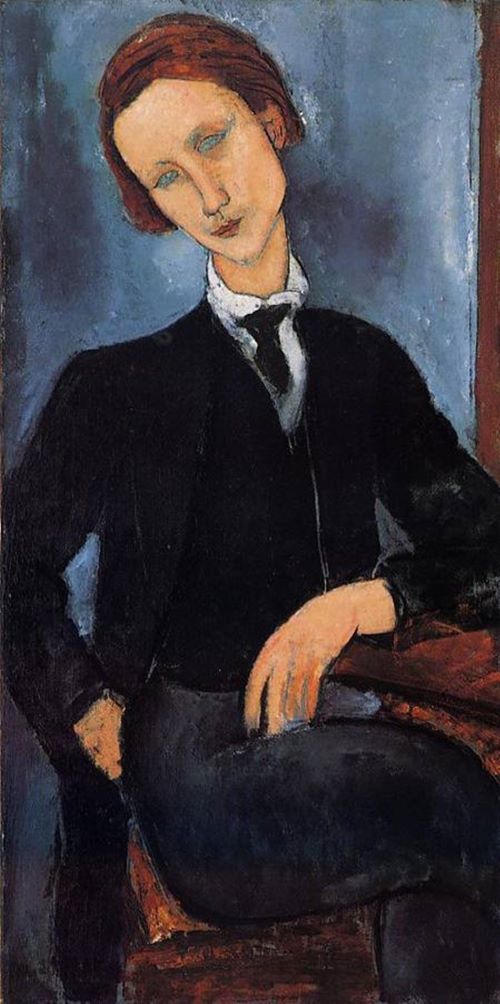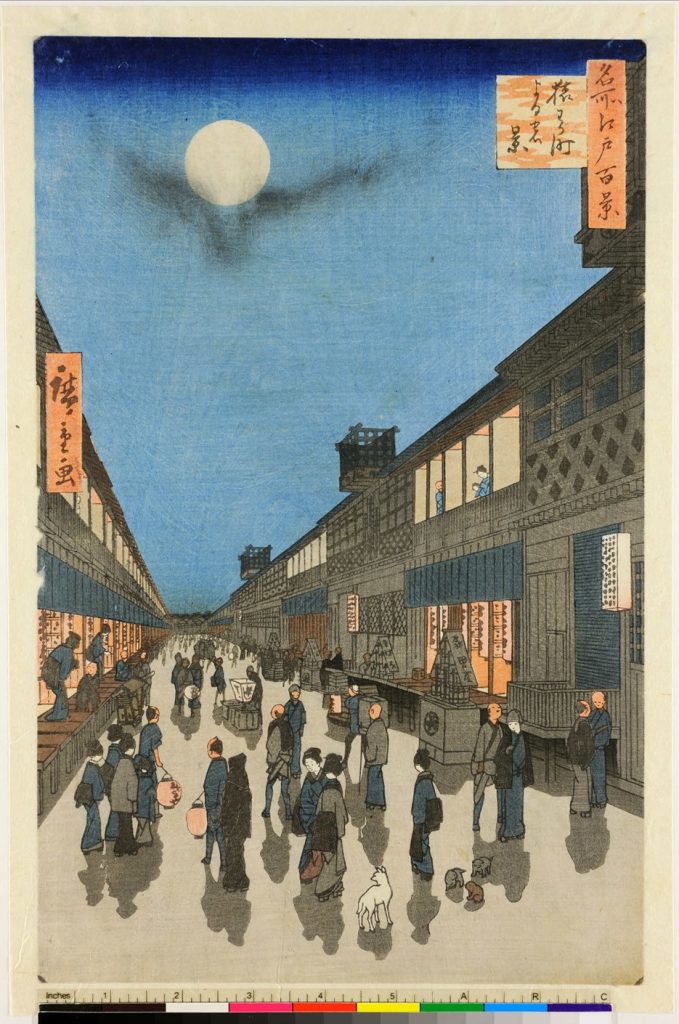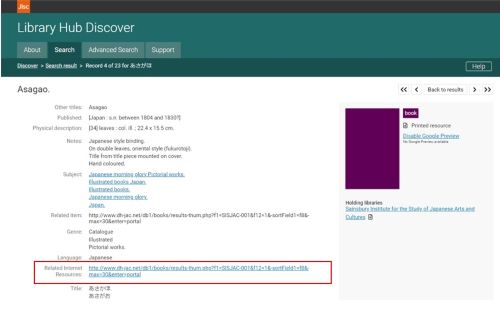Library of the Week: 29th April : the Lisa Sainsbury Library of the Sainsbury Institute for the Study of Japanese Arts and Cultures! Find out more in this brilliant new piece written by Librarian, Akira Hirano – thank you for taking part!
My name is Akira Hirano, and I am the Librarian at the Lisa Sainsbury Library of the Sainsbury Institute for the Study of Japanese Arts and Cultures. I assume that almost all the readers have heard of neither the Lisa Sainsbury Library nor the Sainsbury Institute for the Study of Japanese Arts and Cultures, but I am sure you are familiar with Sainsbury’s supermarket, so let’s first look at a short history of the Sainsbury family and how they relate to our Institute.
Sainsbury’s was founded as a dairy shop on Drury Lane in London by John James Sainsbury (1844-1928) in 1869. This business later expanded to several stores, due to the popularity of their butter which was considered by many to be the ‘best butter in the world’. The founder’s eldest son, John, turned the business into a nationwide enterprise, and in turn John’s older son, Alan, transformed it into the supermarket modelled on the American self-service store. Alan’s younger brother, Robert (1906-2000) was also involved in the family business as well as collecting art objects along with his wife, Lisa (1912-2014.)

In the early 1970s, Robert and Lisa decided to make their collected works of art publicly available and donated them to the University of East Anglia (UEA) along with a purpose-built building to accommodate the collection, naming it Sainsbury Centre for Visual Arts. In the late 1990s, an American scholar, Nicole Coolidge Rousmaniere, taught Japanese art history at UEA and highlighted the importance of creating a Japanese art research institute in the UK to Robert and Lisa , who then provided financial support to realise this project. The couple put up a Modigliani painting for auction in 1998, and used the proceeds as an endowment for Nicole’s vision which was named Sainsbury Institute for the Study of Japanese Arts and Cultures. Although Robert passed away soon after the establishment of the Institute, Lisa visited the Institute on several occasions and maintained her interest in the collection development of the Library that bears her name throughout her life.
The Sainsbury Institute, located literally next door to Norwich Cathedral, is an independent charitable organisation that conducts academic research into Japanese visual arts and culture. The Lisa Sainsbury Library was opened in May 2003 to provide research materials needed by researchers at the Institute, and I have been working for the Library as the sole Librarian since the Library’s opening.

The Lisa Sainsbury Library is therefore unique for a library in the UK in that most of its 50,000 volumes are on Japanese art history, culture and visual arts, and around 80% of these are written in Japanese. In fact, it is the only library in Europe that specialises in Japanese art, and some materials are only available in this library in the UK, Europe or outside Japan.
Although the primary purpose of the Library is to serve the Institute’s researchers, it is also open to the public. We operate as a reference only library, so we request that visitors make an appointment to come and view materials that are of use to their research. The Library also makes its resources available to researchers and scholars across the globe through the inter-library loan scheme.
Alongside our general materials, the Lisa Sainsbury Library also holds special collections. The most well-known of these is the historic map collection, which includes more than 100 maps and illustrations of Japan made in Europe and Japan. One of the oldest maps in the collection is the first map in Europe in which Japan solely appears, dated from 1528. This collection is from the late Sir Hugh Cortazzi, former British Ambassador to Japan, and his wife Lady Cortazzi. In addition to the map collection, they also entrusted us their ukiyo-e prints (woodblock prints from the 17th – 19th century), pre-modern Japanese books, and travelogues written by British and other Westerners who visited Japan in the mid-19th century. These collections provide an impressive and unique view of some of the interactions between the West and Japan.

As well as the Cortazzi collections, the Library holds other special collections which have been donated by individuals and organisations. Some examples are shown here. These special collections are being digitised in house in collaboration with the Art Research Centre of Ritsumeikan University in Japan, and are being made available on our website. The digitisation process has been slow to complete, partly because of the complex nature of digitisation processes, but also because the special collections have been growing rapidly in recent years. Nevertheless, the number of digitised materials is steadily increasing.
In addition, items of the special collections are sometimes featured in a column entitled ‘Treasures of the Library’ in our Monthly Bulletin which the Institute issues online – you can read some examples of this here.


Many items of the special collections have not yet been catalogued on the library’s computer system, but some are available on Library Hub Discover. For example, there is a pre-modern Japanese book entitled ‘Asagao’ (morning glories). This item can be searched in Library Hub Discover. If you click the link (Related Internet Resources) which appears on Library Hub Discover, digital images of the book can be viewed. And if you would like to know more about this book, you can read an article on Treasures of the Library explaining the contents of the book.
Following migration to a new Library Management System in July 2019, links from our Library Catalogue to our digital images no longer worked correctly. Thanks to Library Hub Discover, the links are still alive for public access.
As mentioned above, many items of the Special collections have not yet been catalogued despite our intention to carry out the cataloguing process as quickly as possible. Therefore, in the meantime, please take a look at the digital images on our website as well as reading articles of the ‘Treasure of the Library’ that I occasionally write on our Institute’s Monthly Bulletin. You can subscribe to receive our free Monthly Bulletin here. I hope our information and resources will be of use to you.
Akira Hirano – Librarian at the Lisa Sainsbury Library
You can explore the library’s collections on Discover and find further contact details on their Discover information page.

